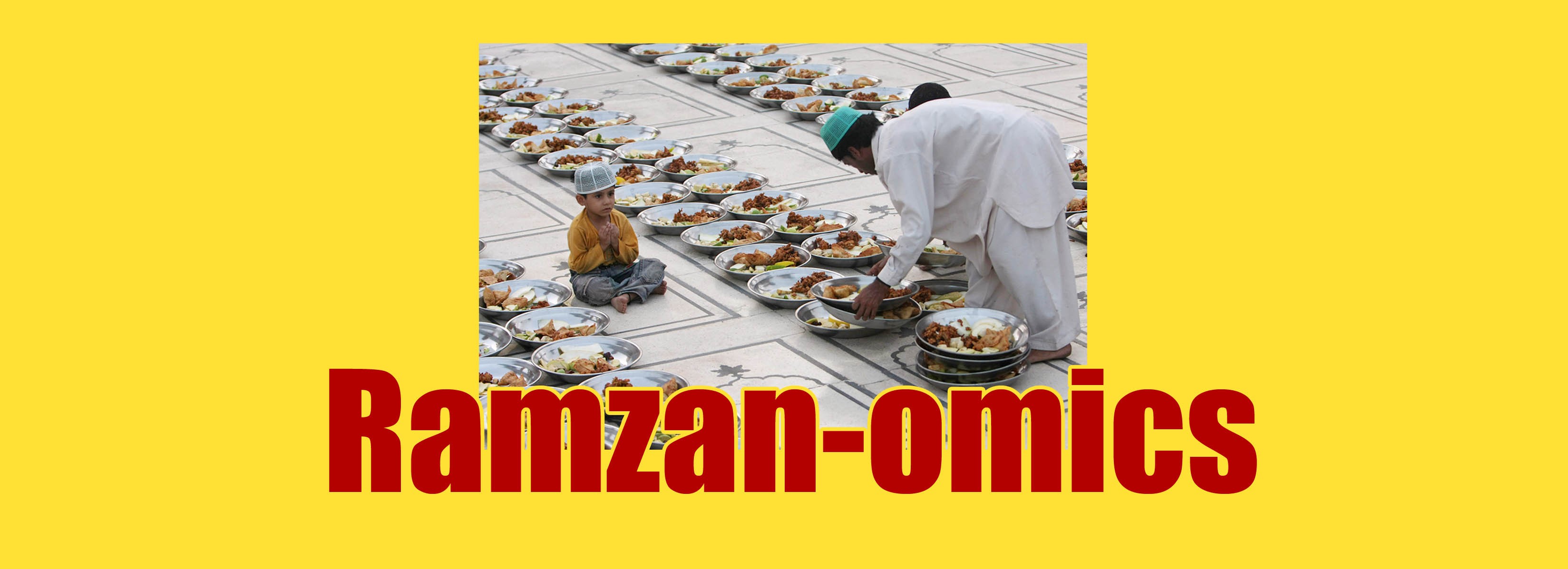

Like every year, Ramzan this year too brings with it a flurry of economic activity. On surface, productivity in work suffers, with offices and workplaces wearing a deserted look. But the consumption patterns indicate that there’s a lot going on in the market in this one month; the cash circulates more swiftly than in other months of the year.
In our Special Report today, we have tried to gauge the level of spending and what it says about the state of the society as well as economy. Is there a massive redistribution at work, easing the lives of the have-nots for at least a month?
There is clearly a disconnect with the Ramzan of say three decades ago which offers a much simpler and frugal picture in retrospect. This isn’t the case anymore.
You see huge spreads of food on roadsides at iftar time, feeding hundreds and thousands of poor. The Ramzan specific advertising on television confirms that people buy a lot more to merit such huge advertising budgets. Experts from the field, however, say this is only done to connect with the people at large on a purely emotional level.
Read also: Ramzan-omics
This is believed to be a month of charity because, as per religious instruction, this is when the Muslims are supposed to give the yearly share of Zakat. Zakat is collected at the level of government (largely through banks), in the form of private charities and individual donations. We at TNS have tried to look at different kinds of charities and their impact on society.E